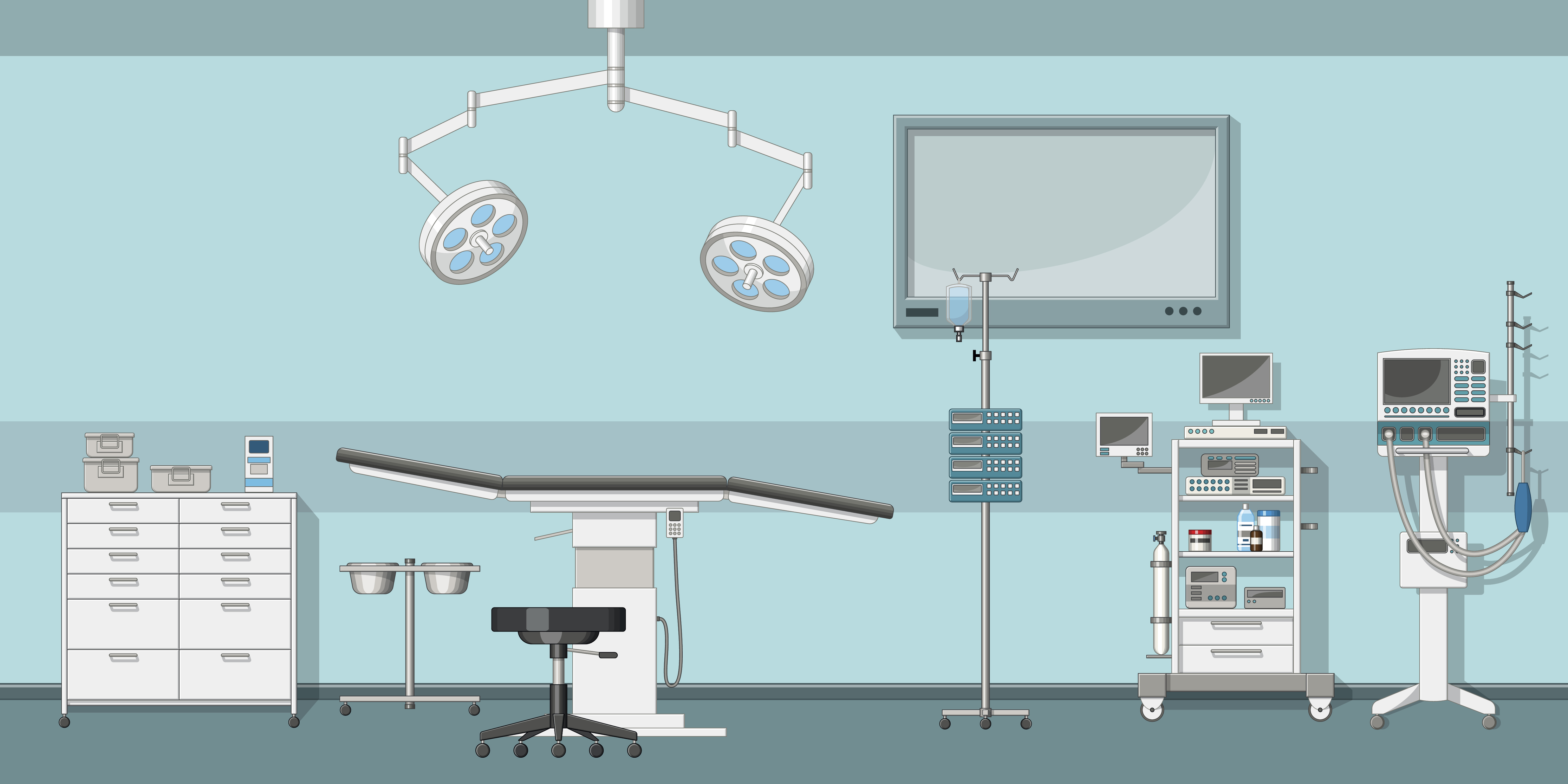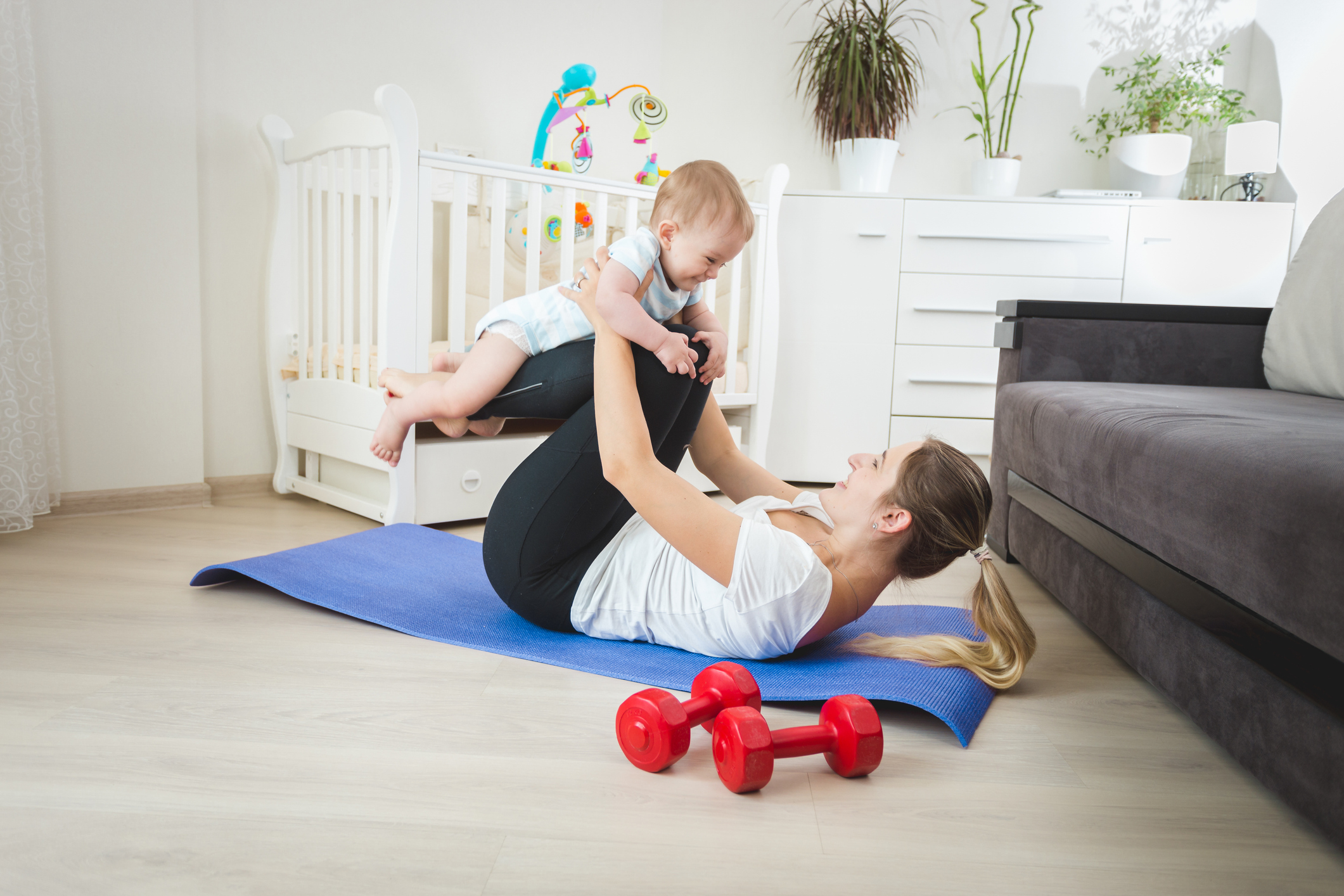The most common causes of back pain are self-treatable, self-diagnosable problems. For adults, back pain is usually a temporary infliction that becomes more common with age. However, there are also several more serious causes of back pain that require medical intervention.
Injury to a Muscle
Injury to a muscle, or a strain, is the most common cause of back pain. It is also commonly referred to as a pulled muscle. In these cases, muscle or a tissue connecting muscle to the bone called a tendon stretches or tears. In most cases, these afflictions affect the lower back, but they can occur in other areas of the back, as well. Symptoms typically include pain, swelling, possible muscle spasms and limited mobility of the affected muscle or tissue. In most cases, a pulled muscle resolves itself within days to weeks. Treatments include home remedies such as over-the-counter pain relievers, ice, heat application, rest or splinting.
Ligament strain
Ligaments are bands of fibrous tissue that connect bones to joints. When a ligament is injured, it presents much like a muscle strain but it is actually referred to as a sprain. These occur when a ligament is stretched or torn. In your back, there are 14 spinal ligaments. In general, ligaments are not very flexible, which is why they are prone to injury. If you’ve experiences a ligament strain you will likely notice limited range of motion in the affected area, pain or tenderness, muscle spasms, inflammation or bruising. These symptoms can occur all together, or you may just experience a few. Because ligament strains are common, they can usually be treated at home with ice, rest, compression, over-the-counter anti-inflammatory medications and keeping it elevated.
A disc problem
When back pain is chronic (i.e. lasts three months or more and occurs frequently), there is likely a more serious underlying issue that needs to be addressed. A disc problem is one of the most common causes of chronic lower back pain in adults and usually appears as a herniated disc in the lumbar or is caused by a degenerative disc disease. When a lumbar disc herniates, the inner portion of the disc breaks through the tough outer portion causing severe pain in the lumbar spine. The pain is caused by irritation of the nerves in the back, usually as the herniated disc creates swelling in the nerve roots. A degenerative disc disease occurs when the invertebral discs in the back begin to dehydrate over time. This causes the discs to wear down and become more susceptible to injury. Too much force on dehydrated discs can tear, weaken and become painful, often leading to a herniation.
Deformity
Scoliosis is curvature of the spine. It is considered a deformity and depending on how severe the curvature is and where it is located, it can result in back pain. Scoliosis can also lead to the breakdown of discs and joints in the back. For this type of affliction, severity and pain levels often determine treatment. Some with minor curvature can benefit from stretching and massage appointments, others result to chiropractors for correction of the curve but in other cases a brace or surgery is recommended.
A nerve issue
There are three common types of nerve root issues that lead to back pain: spinal stenosis, spondylolisthesis and osteoarthritis. In all three conditions, the nerve root is affected causing often-severe back pain. In spinal stenosis the pain results from narrowing of the spinal canal near the nerve roots. It can appear in one area, or several areas, of the back. In spondylolisthesis, a vertebrae slips over another vertebrae and creates a painful, unstable back. Spondylolisthesis most commonly occurs with joint issues, typically after a fracture or a degenerative joint disease, or as the result of a defect to the joints. Lastly, osteoarthritis occurs when both discs and joints begin to wear down. This ailment becomes more common as people age and leads to pain, swelling, instability and stenosis in one or several areas of the spine.



